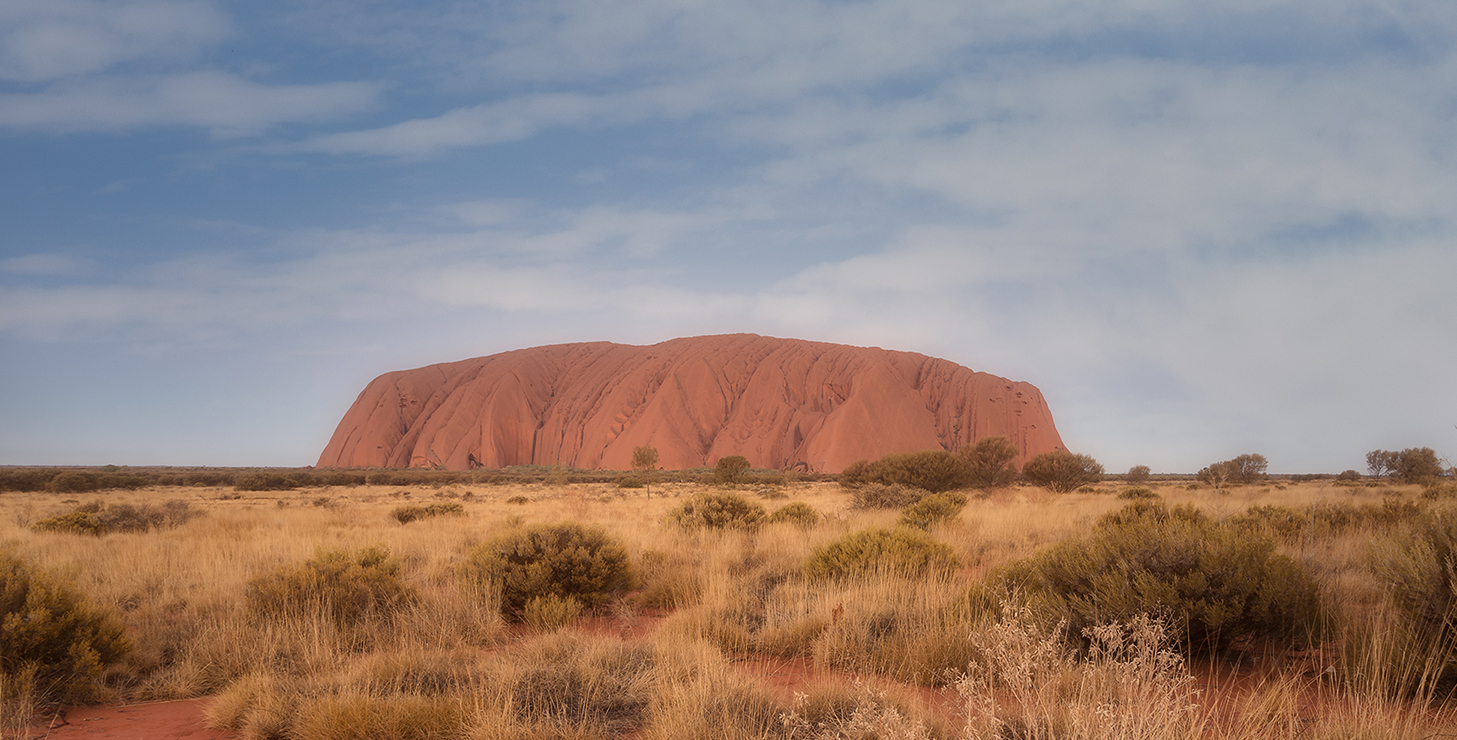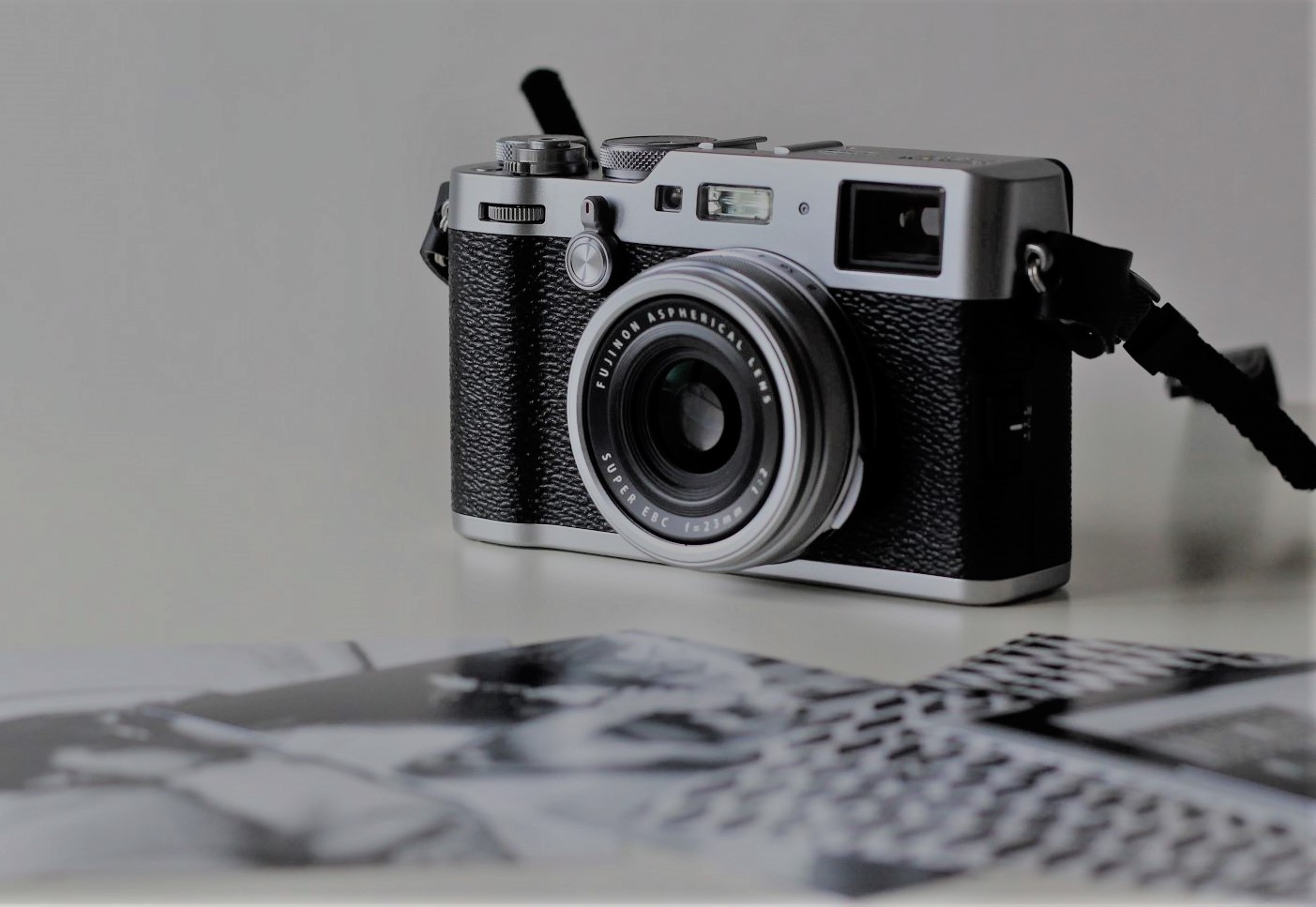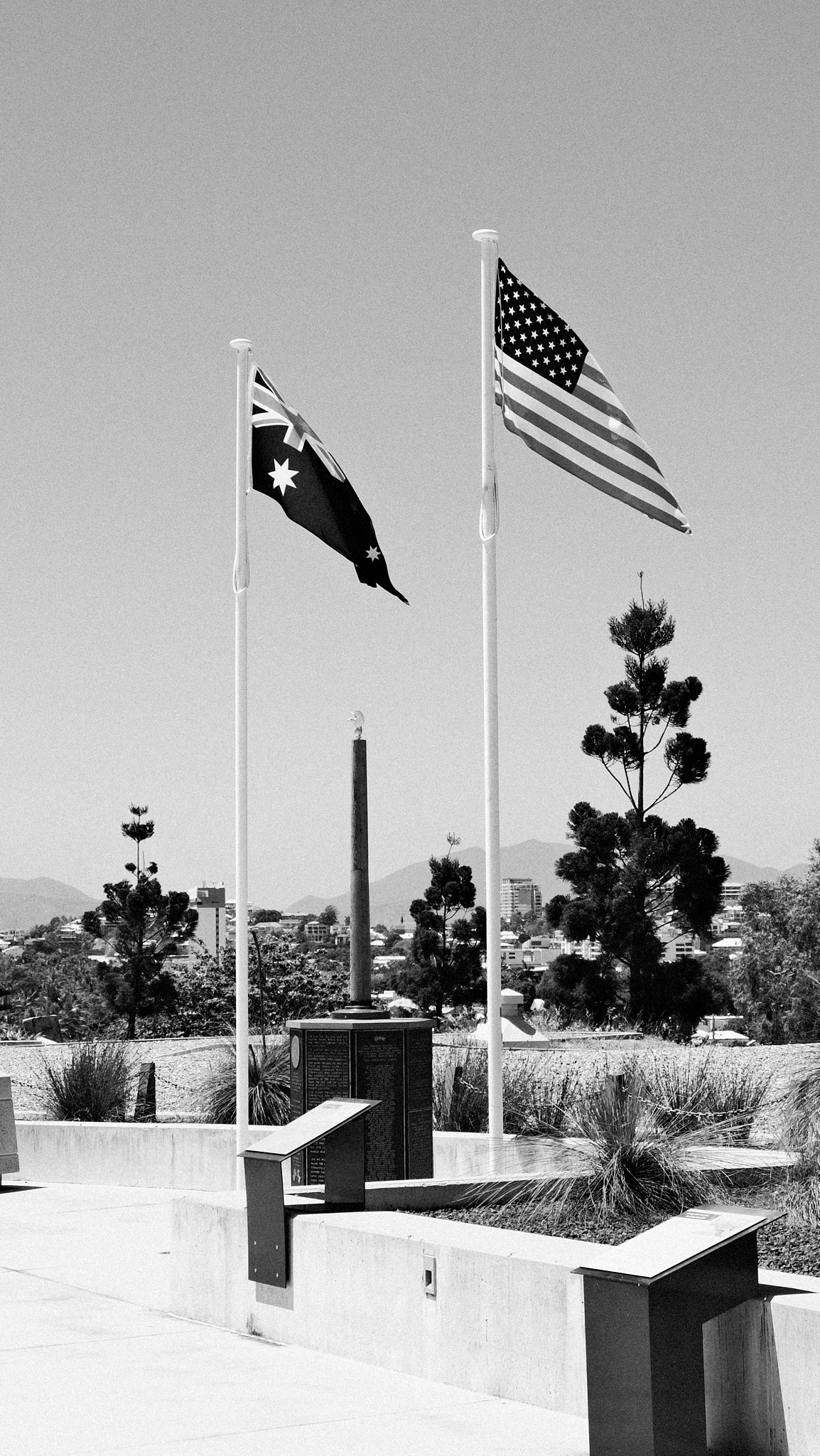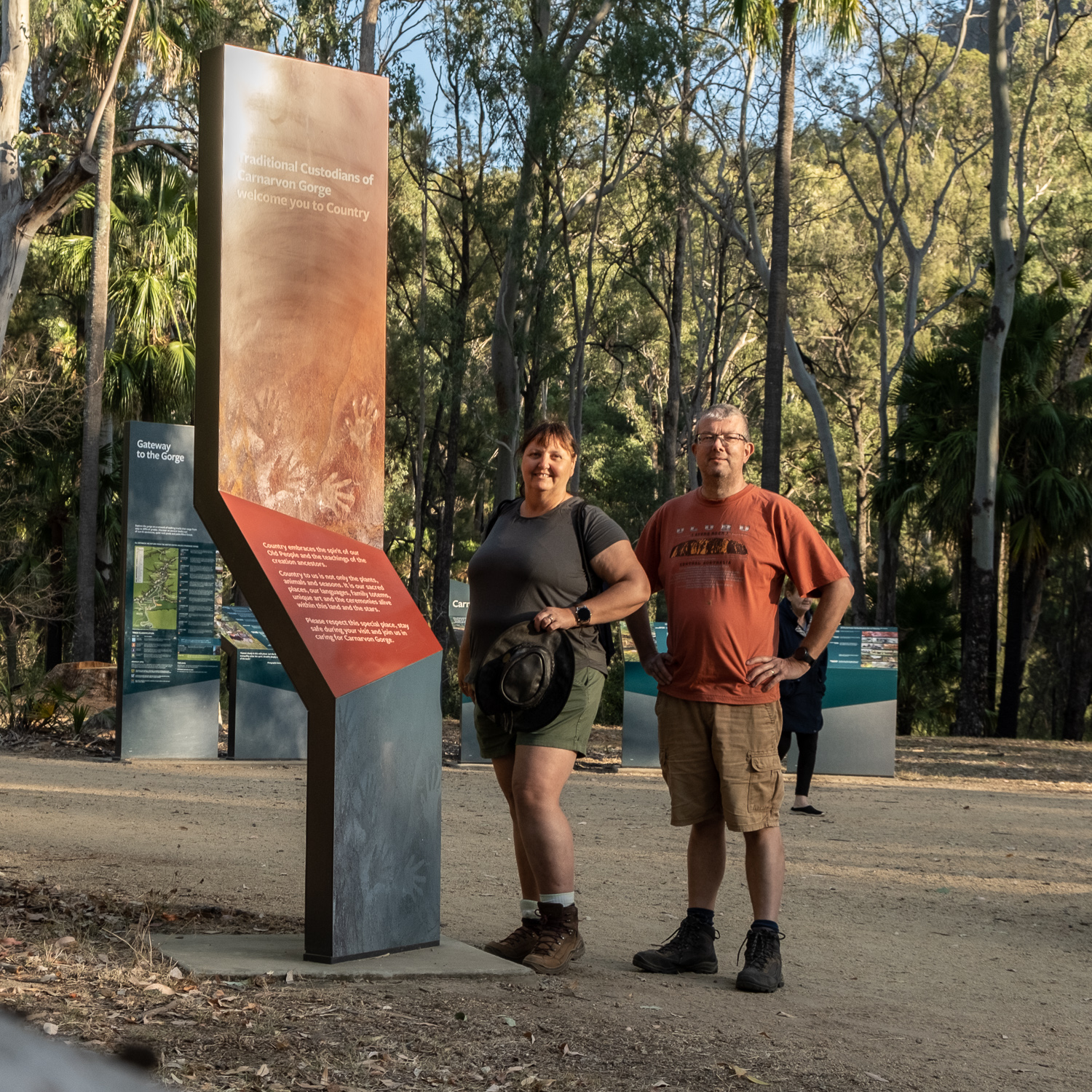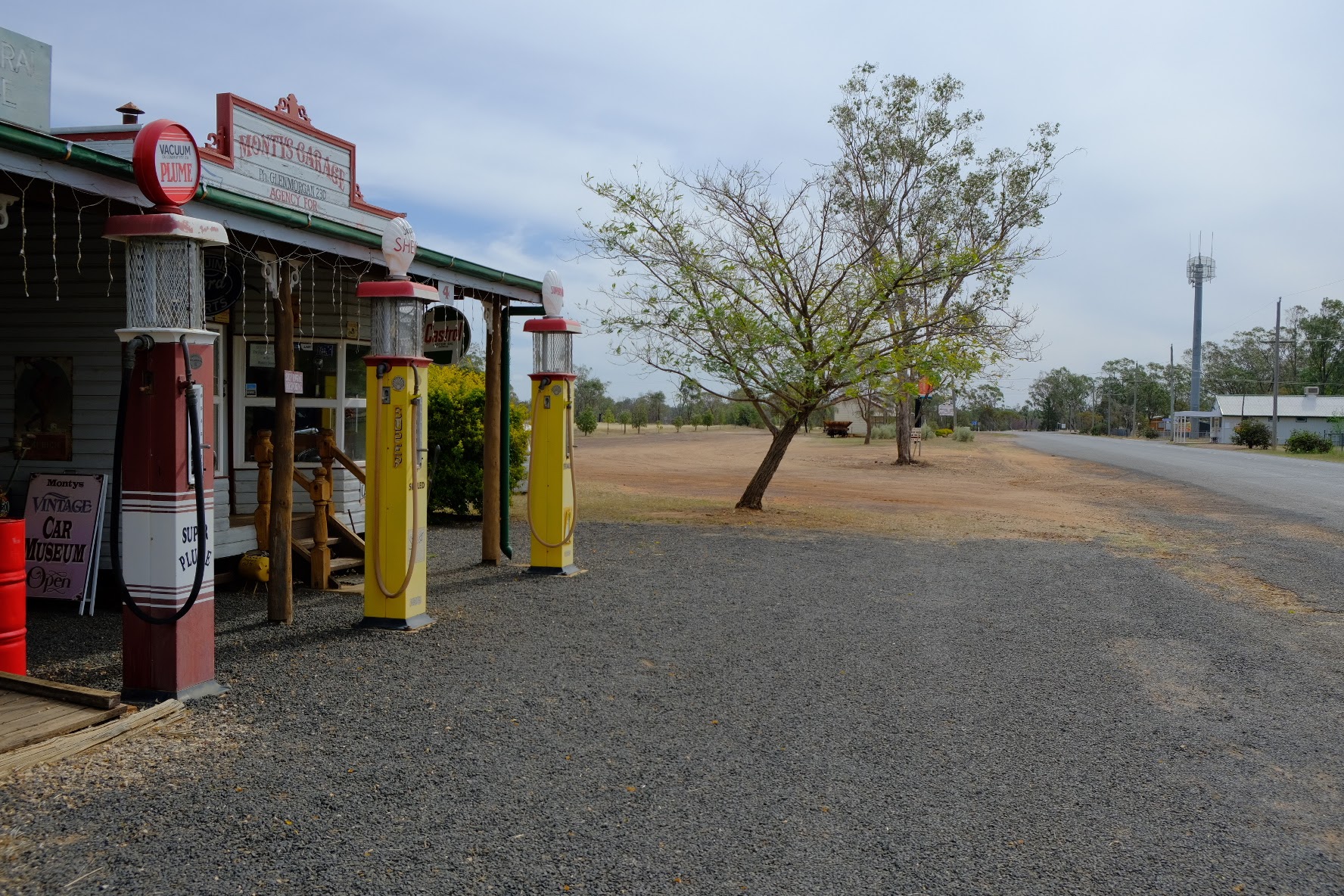Surat 7 September.
We stayed in Surat for one complete day, just so we could have a look around. It was Sunday so not much open, not that there was a lot around anyway. This is a town that has seen busier days, after saying that we found the locals friendly and helpful, the town clean and tidy.
Below are some pictures from an antique car museum, at Glenmorgan, called Montys Garage. It’s right on the main road so you can’t miss it. Unfortunately, it’s closed as it appears the original owner has died, and the estate is in dispute. This is what we heard from a Surat local.
We also decided to drive back to Myall Park Botanical Gardens which we passed yesterday on our way to Surat. Now when you say Botanical Gardens, I think flowers, bees, birds, lots of color. Well this place is not like that. It’s all about trees, Australian trees. With only one volunteer on site, he’s done an excellent job considering how big the place is. You don’t walk around the gardens here, you drive around. Catherine & I don’t really know much about tree species, we found this place to be of limited appeal.
One idea to keep in mind is that you can stay there overnight or longer, they have cabins, camping facilities at a very reasonable cost.
On our way out of the Botanical Gardens we came across a water hole/dam, which to us looked more promising than the Botanical Gardens themselves. Lush and green with wildlife.
Back to our campsite in Surat, Fisherman’s Park. where we enjoyed a nice sunset with a few beers.
Tomorrow onto Carnarvon Gorge.
P.S Sorry for the photos being out of order. I tried to do this on the road, but with an unreliable internet connection it proved to be next to impossible.
